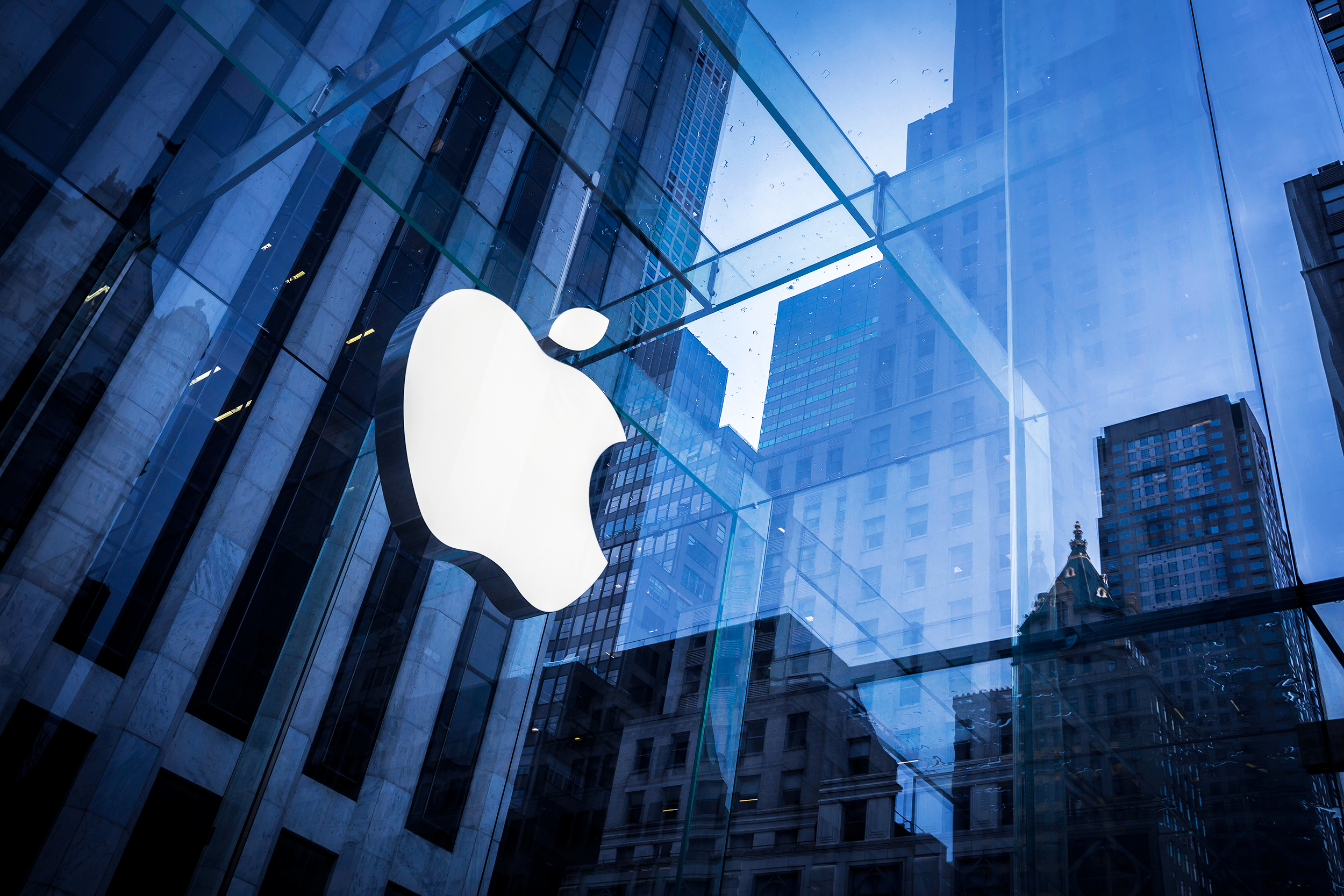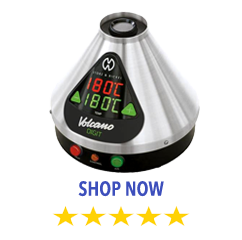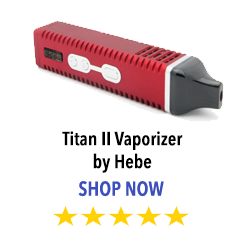A recently published Apple patent application reveals they might be preparing to get into the vaporizer market. The patent, filed last year by Apple employee Tetsuya Ishikawa, gives the technology company exclusive rights to a temperature-controlled plate that will vaporize a substance–though it’s not clear what that substance is.
The patent vaguely mentions a “substance that is to be vaporized, or sublimated into a vapor.” In other words, it’s unknown what kind of vaporizer Apple is planning on building. But with annual dry herb revenue predicted to reach $30 billion by 2019, it’s hard to imagine Apple isn’t flirting with entering the vape market.
This isn’t the first time the world’s most valuable brand has been connected to the vaporizer industry. Former Apple developer Mark Williams, who previously worked on the Mac operating system, left the company to create the Firefly vaporizer. The Firefly vapes reached mainstream popularity in its second iteration, the Firefly 2 Vaporizer.
Often referred to as the “iPhone of vaporizers,” the Firefly 2 features the lightweight yet sturdy magnesium alloy casing and touch sensors pioneered by Apple. Its minimalist design is also reminiscent of the zen-like smartphones developed during Steve Jobs second tenure at Apple. But when asked about his thoughts on the newly discovered Apple patent, Baran Dilaver, CEO of Firefly Vapor, seems to think the tables have turned, with Firefly influencing Apple.
“It confirms our vision about innovating in the vaporization space,” said Dilaver, though he isn’t convinced the patent is for a dry herb vaporizer.
Whatever Apple is up to, it seems to involve a device which optimizes how efficiently a substance is vaporized by reducing the cooling effect that decreases vaporization consistency in current vaporizers.
“While the substance is heated,” says Apple’s patent application. “The regions where the vapor is formed will cool, due to the latent heat of vaporization, yielding an inconsistent vaporization rate.”
Apple’s solution to inconsistent vaporization is a heating plate sitting above the vaporized substance in the device’s heating chamber. When vapor is consumed, the plate, which contains a heating element, slides down ensure the “the regions where the vapor formed” will remain hot to retain consistent vaping temperature.
In what would be an interesting twist of fate, the hypothetical Apple vaporizer would likely look something like the DaVinci IQ or Firefly 2, both of which take cues from Apple’s sleekly minimalistic smartphone design.
Is an Apple vape really coming? The fact that their patent doesn’t specify which substance their device will vaporize says a lot. Who, after all, would admit they’re making a vaporizer for consuming illegal substances? And if they were making a vaporizer for aromatic herbs, or something, why not say so?
Apple is already making a foray into the automobile industry and connected homes. Why not take on a burgeoning vaporizer industry that’s only just begun growing into a multibillion dollar segment?
Well, we will tell you this. If they do VaporStore will try and be an apple dealer! HA.




